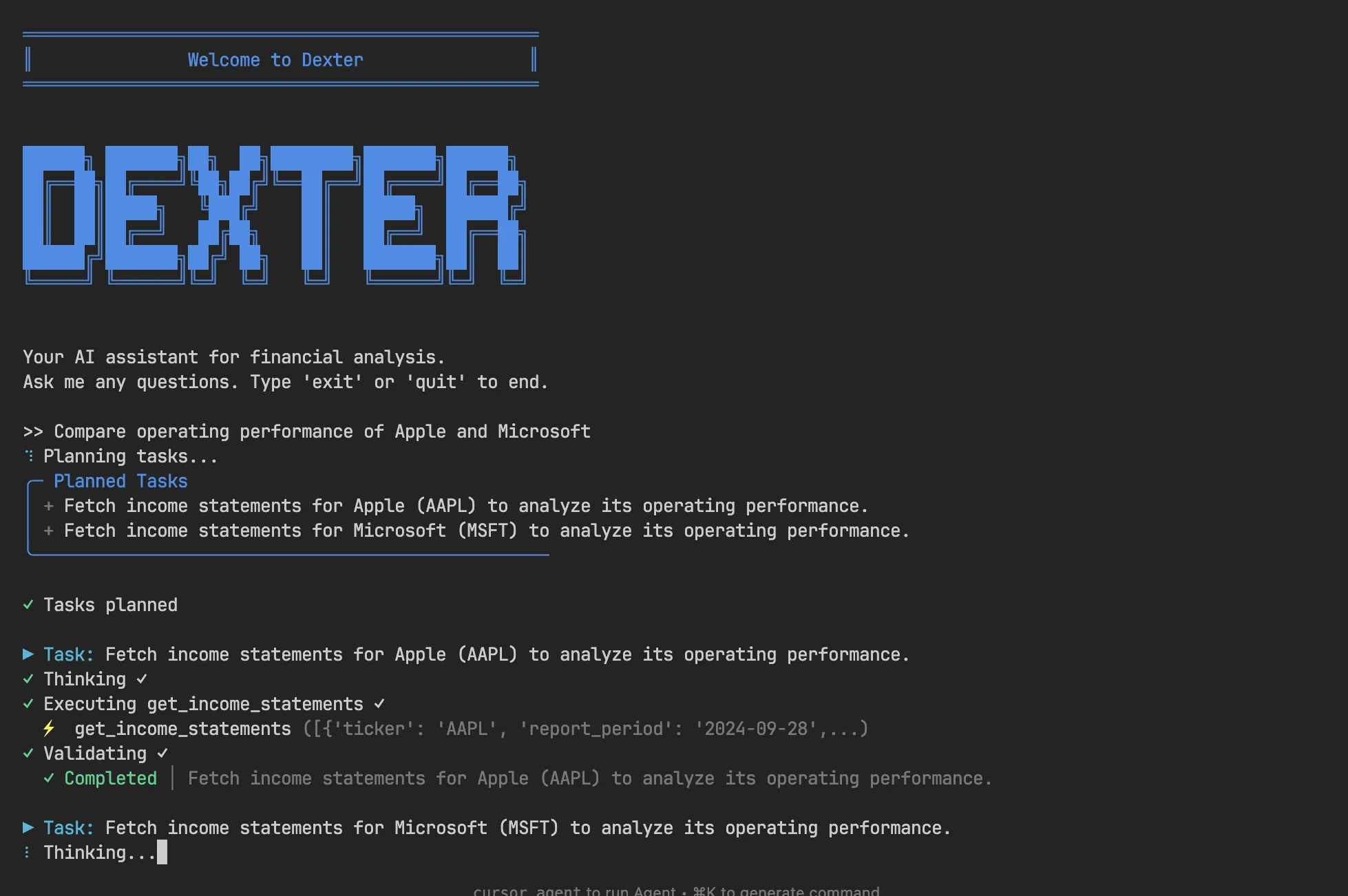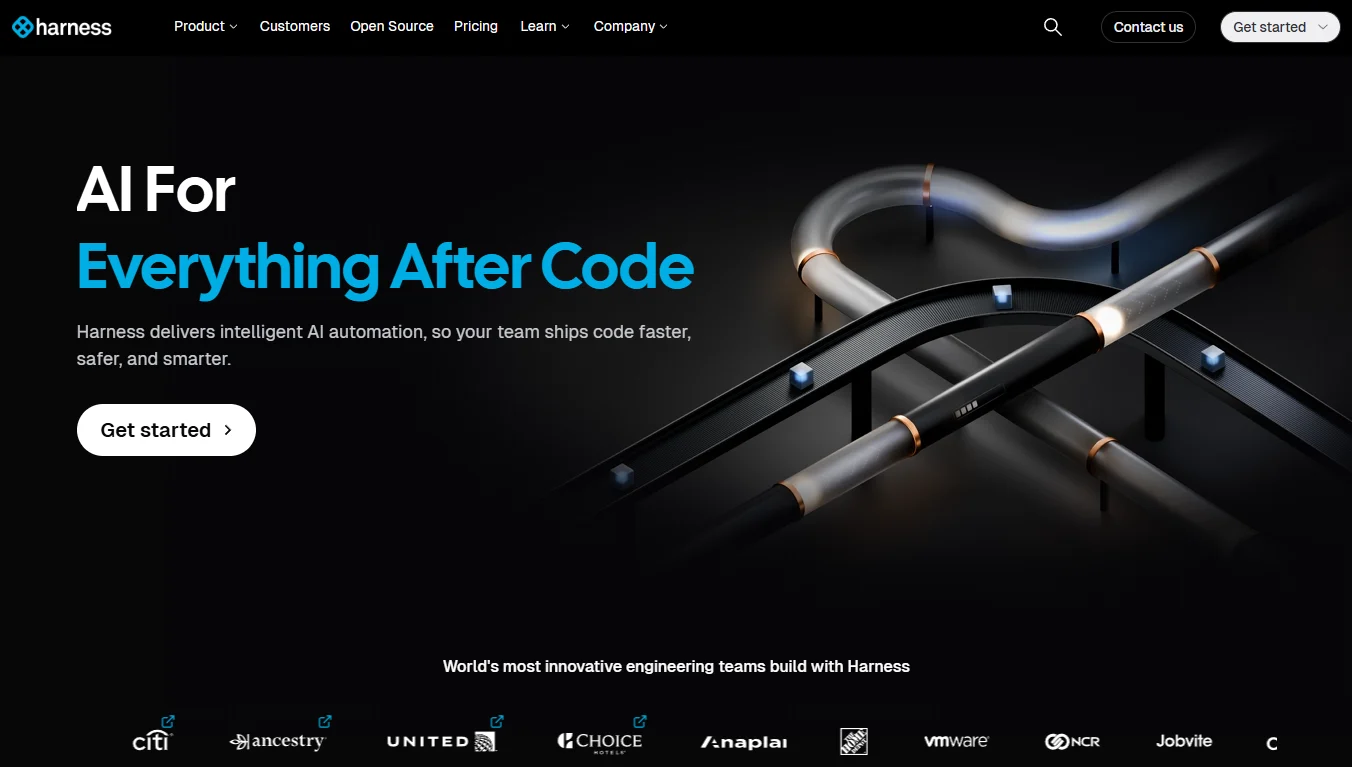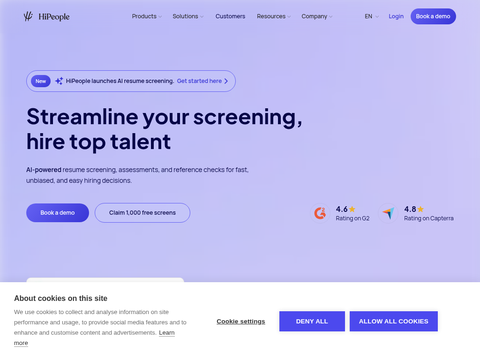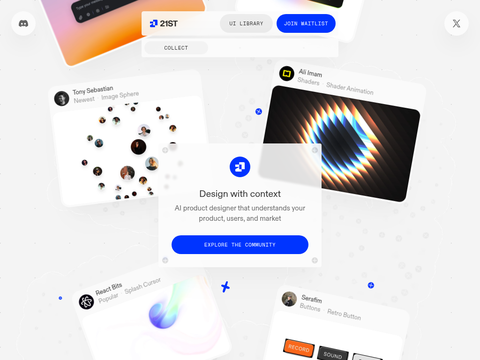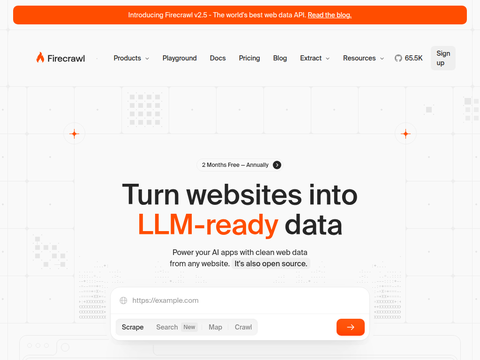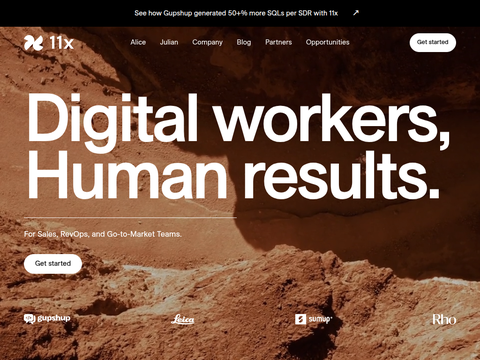In recent days, ChatGPT's image generator has gained significant attention due to the rising popularity of Studio Ghibli-style art. Meanwhile, LinkedIn users have sparked a new trend: "toy-fying" themselves.
This trend encompasses various forms, with the "AI action figure" style being the most popular. Using generative technology, users transform themselves into plastic toy figures, displayed in blister packaging alongside accessories like laptops, books, and coffee cups, aligning well with LinkedIn’s professional tone. Additionally, some versions mimic famous brand styles, such as the "Barbie box challenge."
Although this movement originated on LinkedIn, it has now spread to platforms like Facebook, Instagram, and TikTok. However, its popularity still lags far behind the previous Ghibli art wave. In Google search rankings, Ghibli-style art remains far ahead of terms like AI Barbie, action figures, or dolls. While Ghibli-style content previously faced ethical, environmental, and copyright controversies, the current "toy-fication" trend hasn't encountered similar backlash so far.
Notably, all AI-generated doll images are clearly labeled as being created by ChatGPT's image generator. Since its text-to-image feature launched last month, it has become highly popular, prompting OpenAI to impose limits on image generation and delay access for free ChatGPT accounts to ease server strain. Although the scale of this "toy-fication" trend is much smaller than the Ghibli image craze, it further solidifies ChatGPT's position as an AI service that appeals to everyday users.
For now, this emerging trend remains largely confined to LinkedIn, primarily shared by marketers and self-proclaimed thought leaders, albeit with low engagement levels. While brands like Mac Cosmetics and NYX Cosmetics have joined in, celebrities and influencers show little interest. The only notable public figure to attempt this trend so far is Marjorie Taylor Greene, though her level of involvement remains to be seen.

